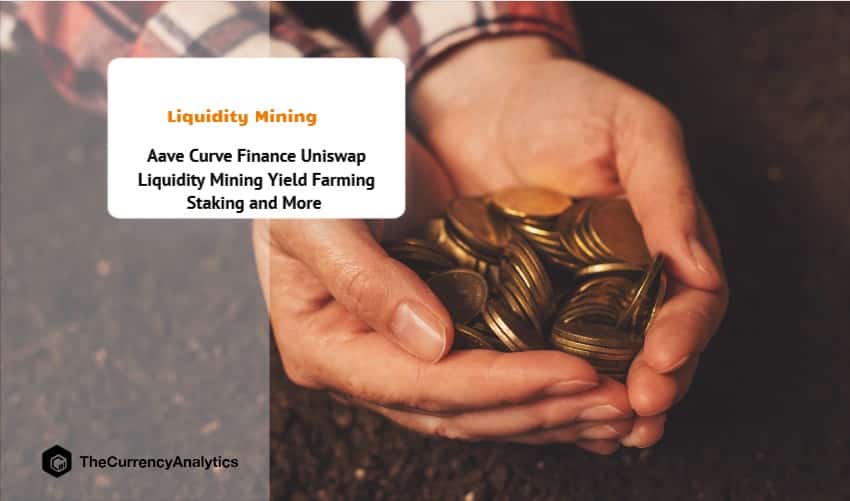
Liquidity mining is the process where cryptocurrency holders lend their assets to decentralized exchange in return for rewards. The rewards come from trading fees which is charged when traders swap their tokens. Liquidity mining is considered to be a great way to make passive income by those who are looking to make some quick profits by investing in cryptocurrency.
However, the reality is that liquidity mining is not for everyone and it is not a guaranteed way for making money in decentralized finance. The risks from DeFi is not likely to be more than the potential benefits all the time. A lot of research is required to identify if there will be true benefits from DeFi.
Before the yield can make it to your wallet, you have to think through lot of things like high gas fees, impermanent loss, and several other factors which will bring down the efficiency of the investment. There are lot of risks, pitfalls, rug pulls and uncertainty in the liquidity pool market.
Yield farming, Staking and Liquidity Mining all appear to be alike; however, there is a difference.
Staking is where you pledge your cryptocurrency assets as a collateral for the blockchain network which makes use of the PoS (Proof of Stake) consensus algorithm. PoS is at a blockchain level.
Liquidity mining is about providing liquidity for the DeFi Protocol. The liquidity mining Protocol in exchange provides users with a Liquidity Provider Token. Yield farming is another name for liquidity mining.
PoS is advantageous over Liquidity Mining because the energy consumption is very low in PoS. Also, yield farming on some blockchains are vulnerable to hacking issues when there are issues with smart contract’s programming. Staking is secure as PoS is about providing for the consensus mechanism of the blockchain.
The AMM or the Automatic Market Maker as a system design provides for effective regulation of trading. In simple terms AMM is a smart contract. With Token Swapping the user will be able to trade one token for another one in a liquidity pool. Users need to be paying a particular fee for every trade. The AMM will collect the fee and distribute them among liquidity providers as rewards. Thus, the DEX has a symbiotic ecosystem where different user groups will be supporting each other.
To calculate the APR you need to: Add up all of the fees and interest rates to be paid for the loan. Divide the total fees and interest by the principal. Divide the result by the total period of the loan in years. Multiply the result by 100.
Some of the well-known yield farming protocols are Aave, Curve Finance, Uniswap, and several others. Those who are investing for APR should know APR = [(Fees + Interest)/Principal] x (Number of Years) x 100. This calculation will change across different DeFi Protocols. The risk and reward ratio will be different between protocols.


Get the latest Crypto & Blockchain News in your inbox.